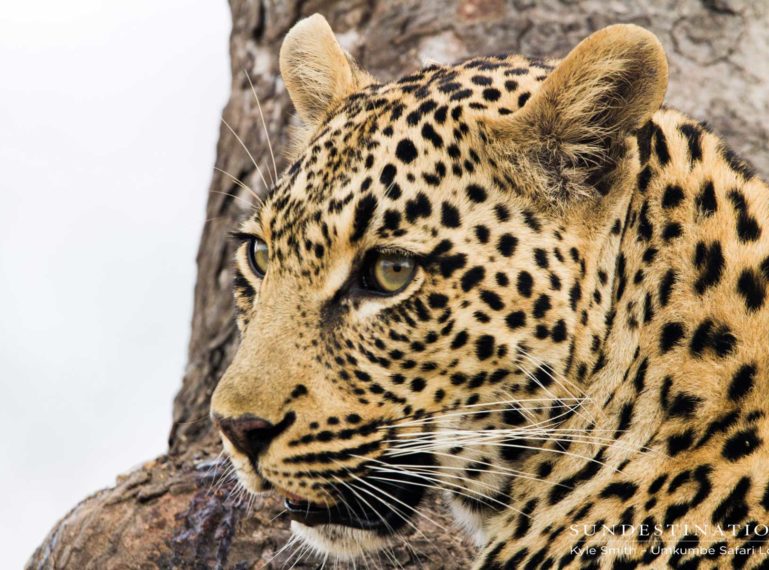
The prevalence of leopards within the Sabi Sand is a well-documented subject and eager safari-goers flock to the reserve to seek out this mysterious rosette patterned cat. The abundance of drainage lines, access to prey, water sources, and a varied habitat provides the perfect breeding and hunting grounds for leopards. The Sabi Sand, sharing unfenced borders with the Kruger National Park means plenty of new leopards crossing over in search of new territory. There are many reasons as to why the Sabi Sand is a hotspot for leopard sightings.
A high concentration of leopard means an equally high concentration of scavengers – in particular, hyenas. The more leopards, the more kills and the increased opportunity for easy access to food for hyenas. The hyena is a vital member of the clean-up crew of a reserve and they play a huge part in the ecology of an area. Over the past week, we saw the emergence of Mxabene and Tatowa. Their presence attracted clans of hyena and made for epic photographic opportunities.
Needless to say, leopards and hyenas are the ultimate “frenemies” and their relationship is best described as a toxic friendship at least. When we receive a flood of leopard images from rangers, you can guarantee that it is accompanied by a folder of hyena images.
Find the leopards, find the hyenas! They’re always together, but theirs is a toxic relationship.
According to a number of psychology websites, there are a few definitions of what constitutes a toxic friendship. In essence, you find yourself being in competition with each other, you’re walking on eggshells in each other’s company and you’re riding an emotional rollercoaster on a day-to-day basis.
Let’s see why we feel these two species qualify as having a toxic friendship :
1. Being in competition : The competition for food in the wild is high. The ones that survive are the strongest and the sneakiest – they generally come out tops. When a leopard carefully stalks, ambushes and takes down their prey in one swift motion; the art of the kill becomes nothing short of beautiful. Plenty of concentration and energy is expended during this hunt. The leopard realises that, after all its hard work, that the hyenas may swoop in and steal the kill. With this in mind they very swiftly move the kill up to the top of a tree for safekeeping. Hyenas will normally circle the base of a tree waiting for morsels to drop to the ground. Competition for the meal? At an all time high!
2. Walking on eggshells : Even when a kill is a safely stashed in the fork of a tree, there’s no guarantee that the leopard might knock the kill out of the tree accidentally. When this happens, the clans will emit an anxious high-pitched laugh and attempt to run off with the kill. Of course, there are times when a leopard will put up a fight and other times let the kill go. However, this does not stop the cat from gaining revenge. Rangers from Umkumbe have often watched leopards descend from a tree and quietly stalk the thieving clan in an effort to retrieve the kill. Leopards are constantly walking on eggshells around hyena clans!
So yes, the relationship between hyenas and leopards is a constant battle and emotional rollercoaster. And, in fact, hyenas serve such a purpose in the wild that our big cats actually need them to clean up their meal-time mess.
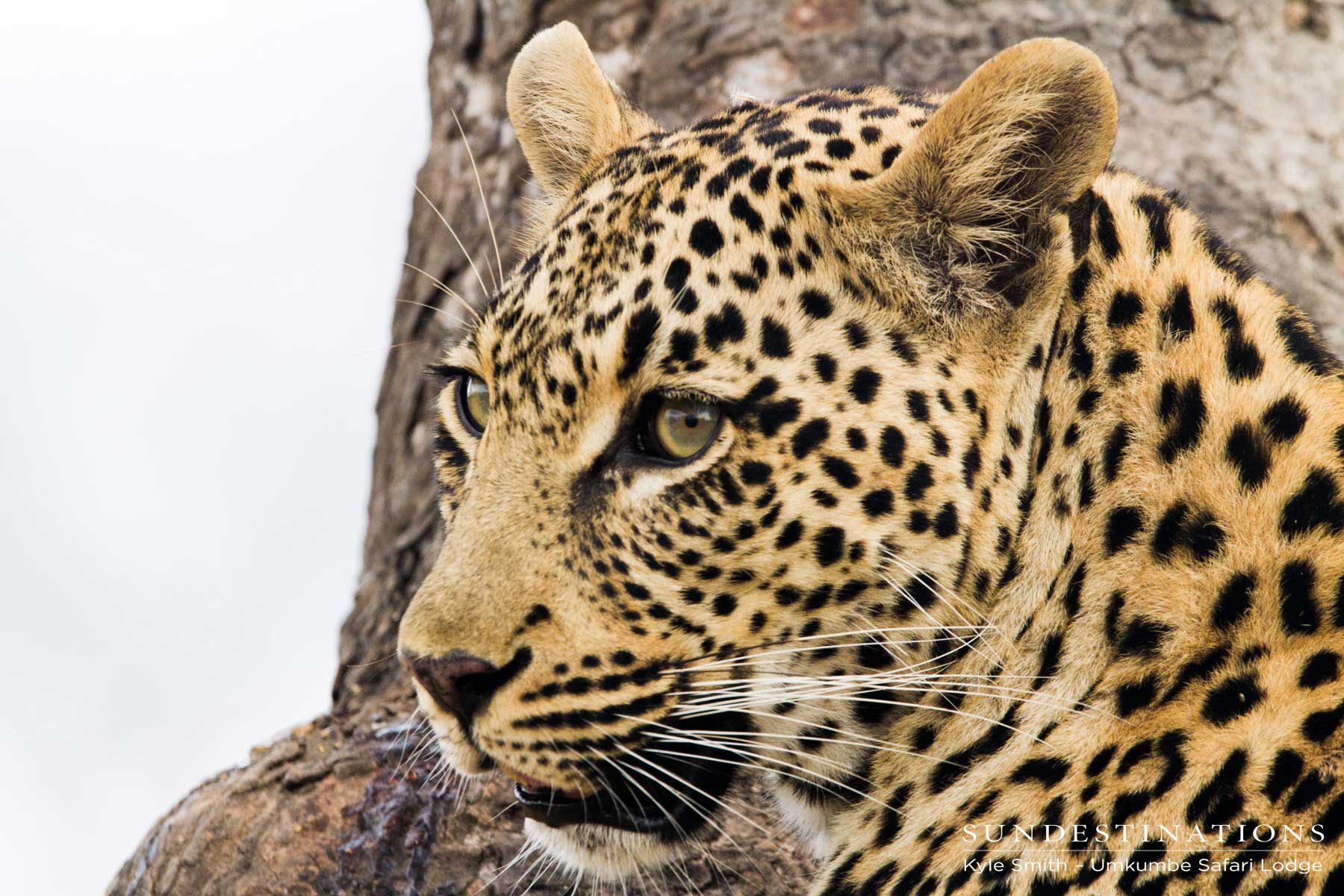
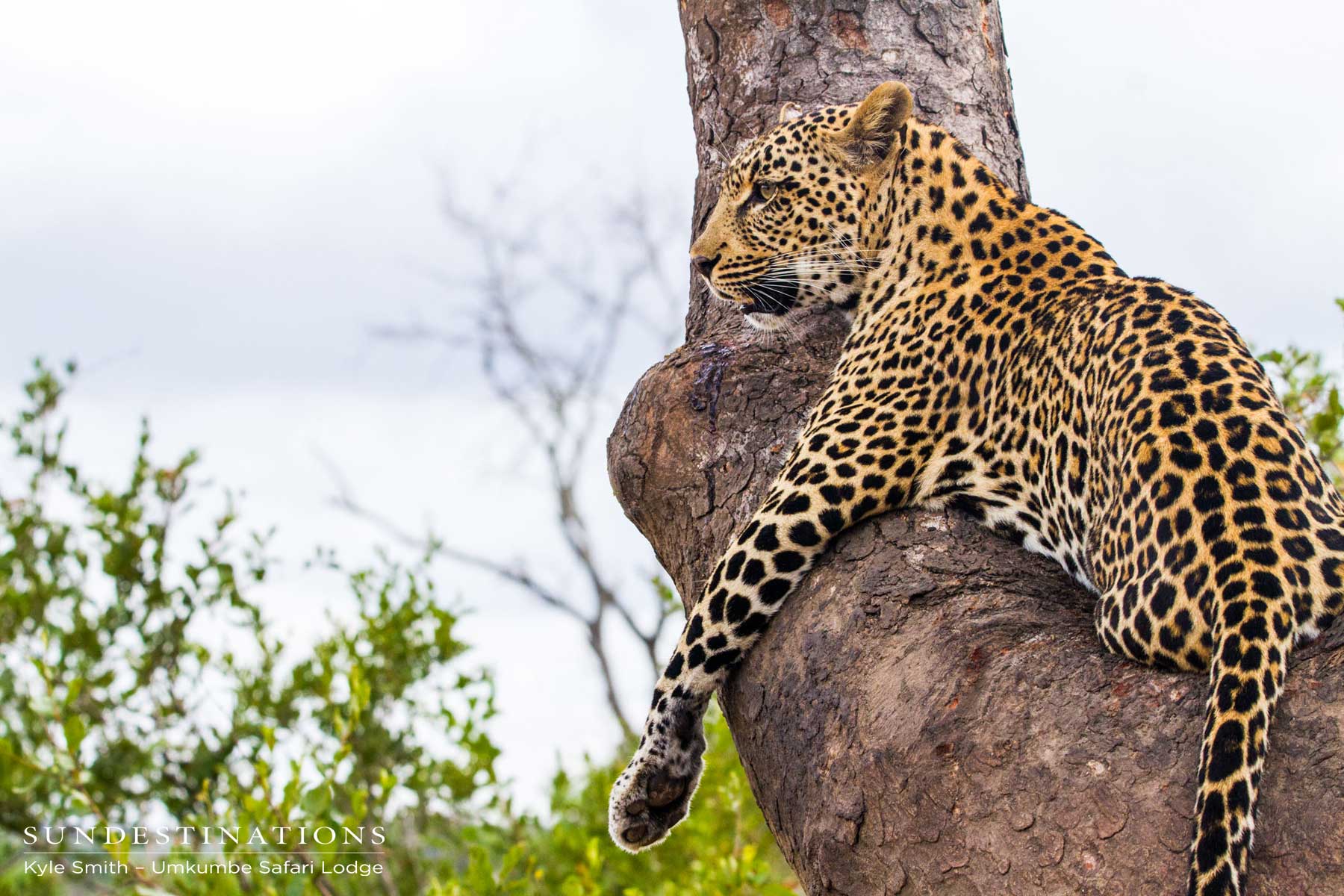
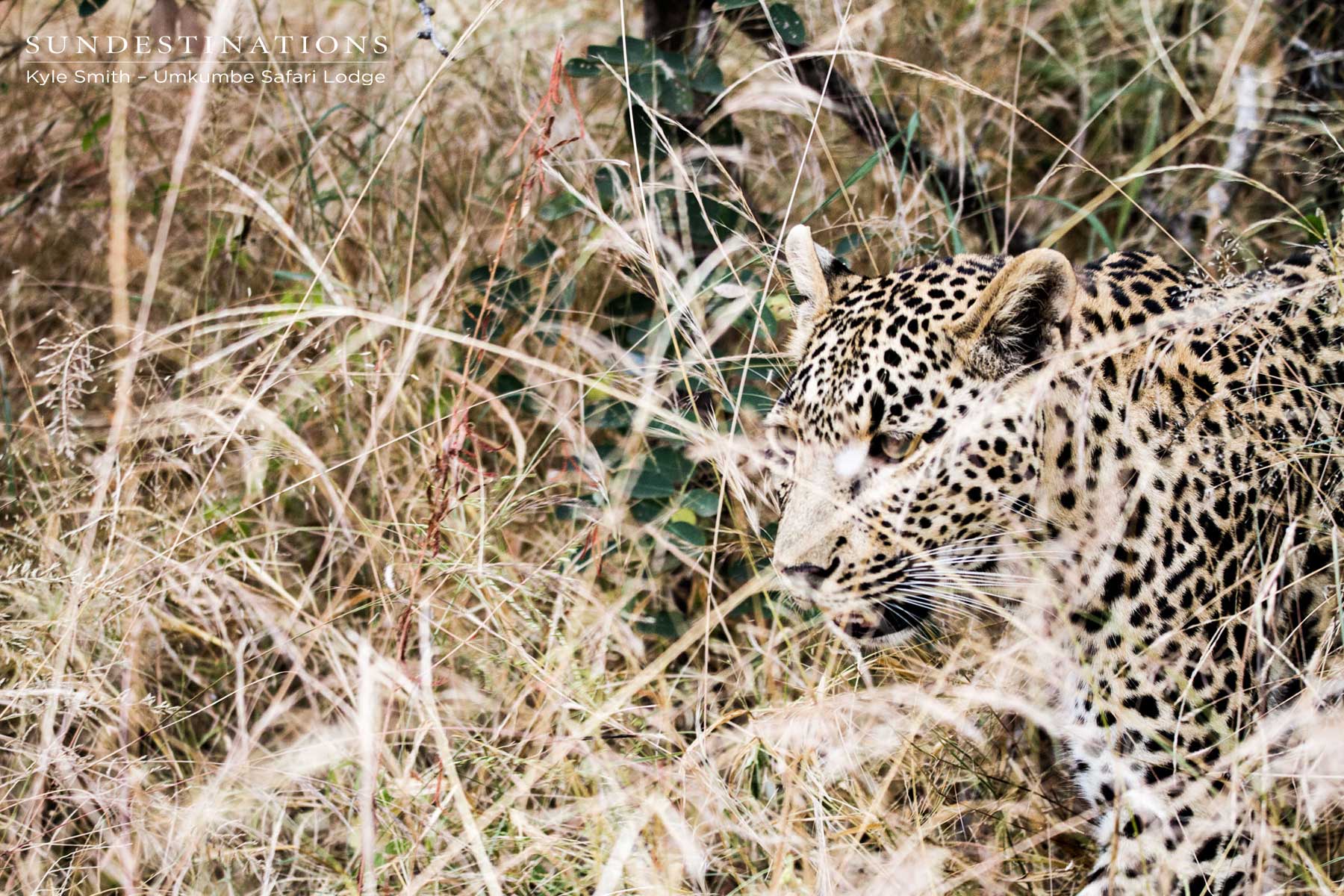
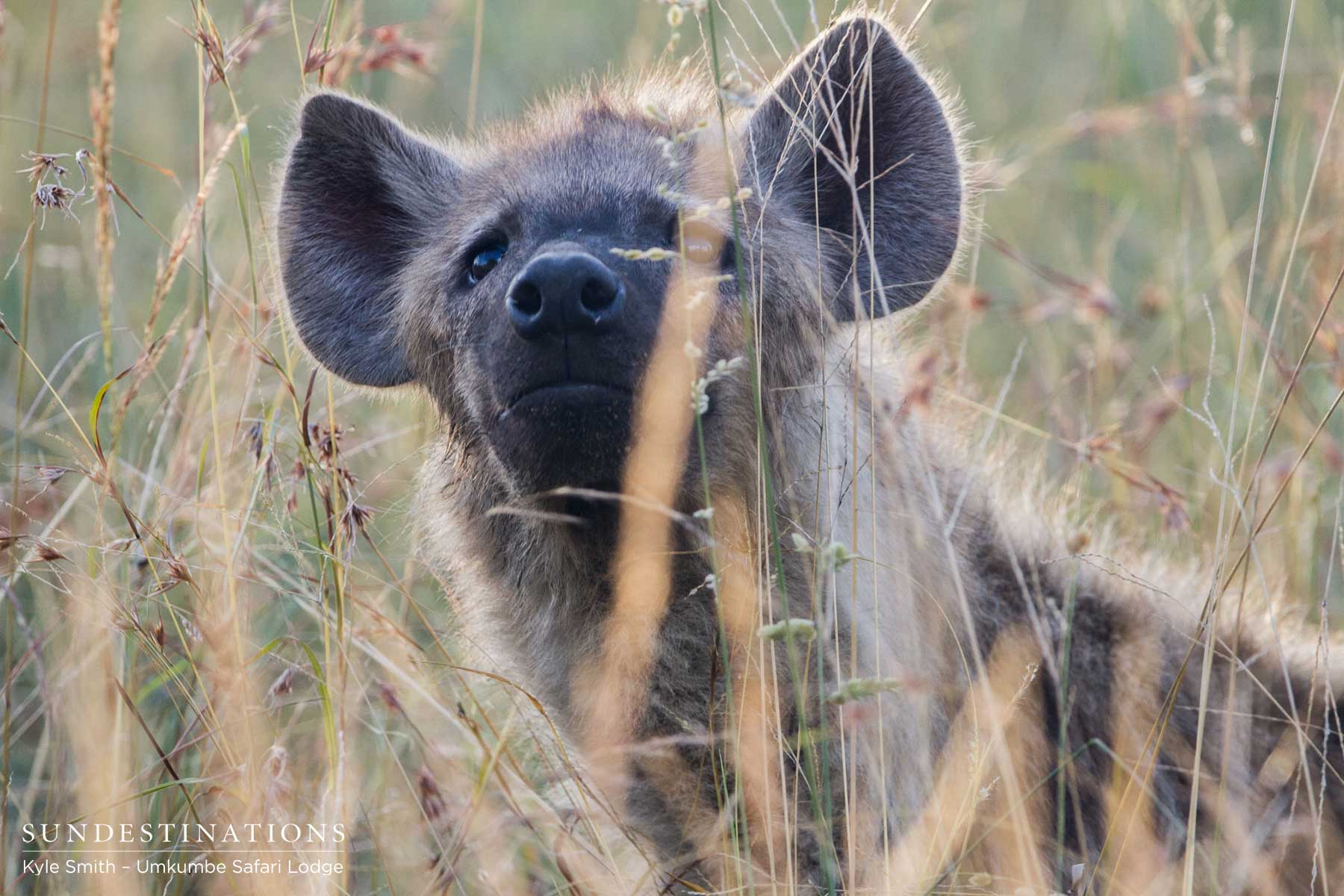
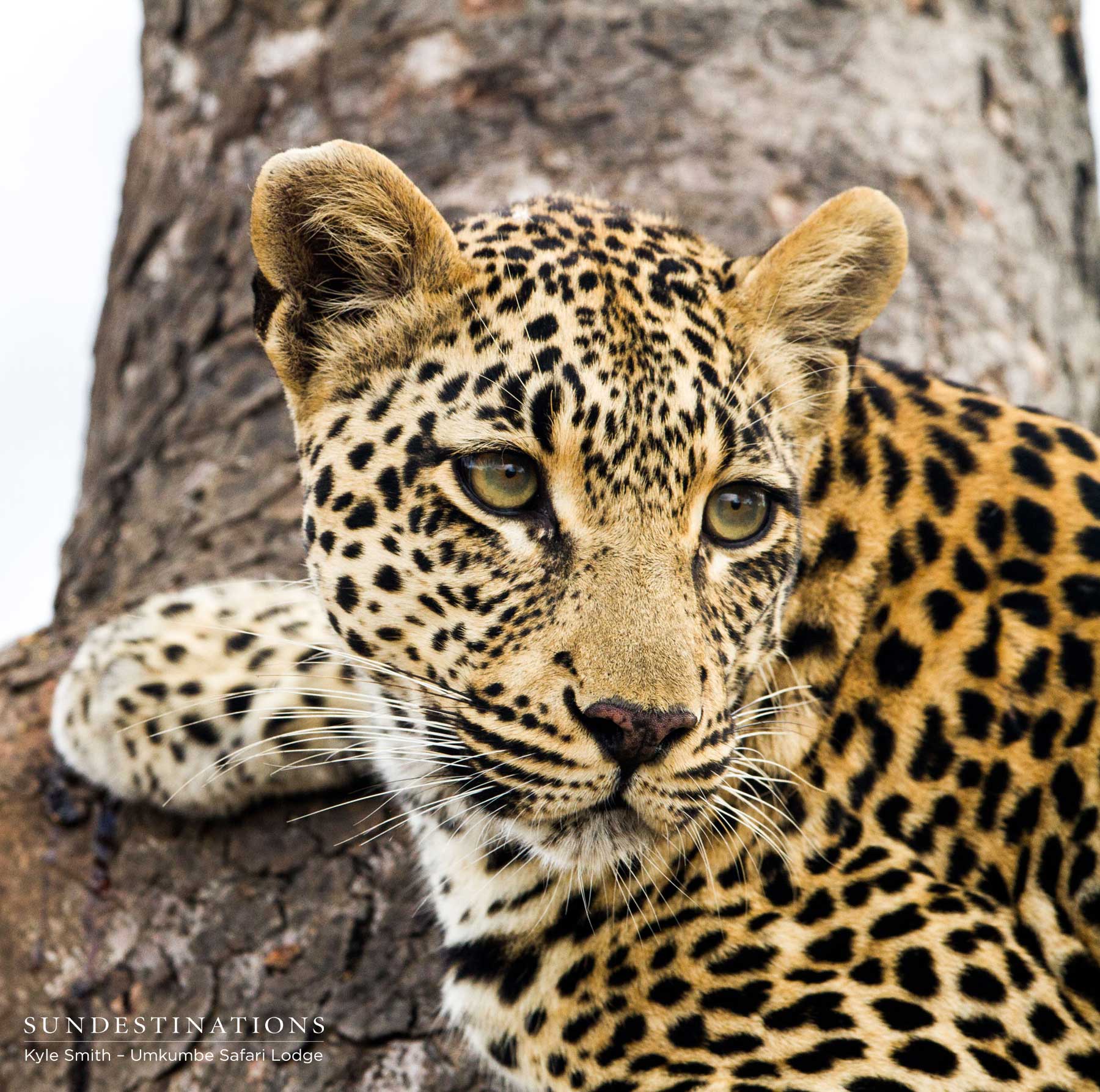
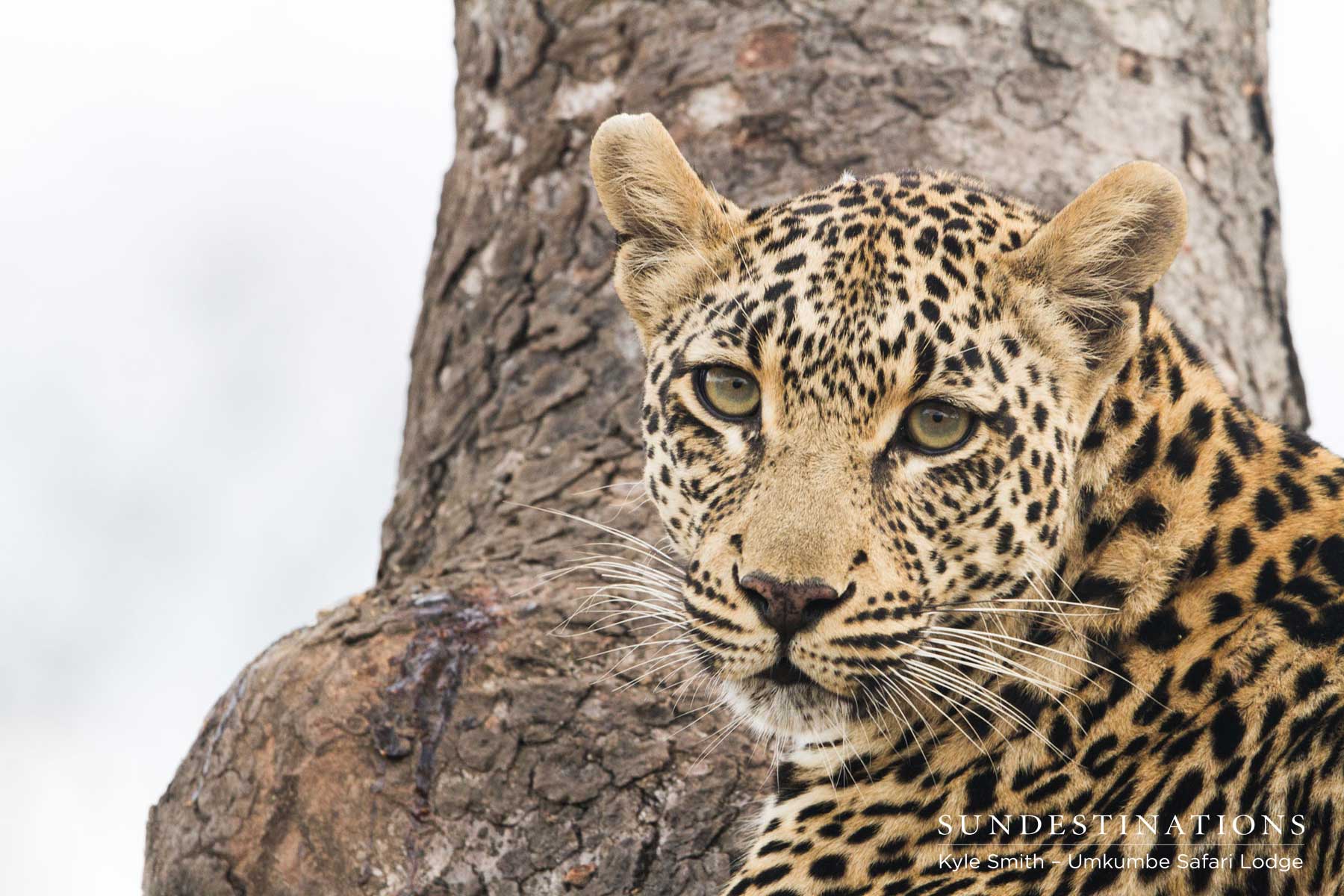
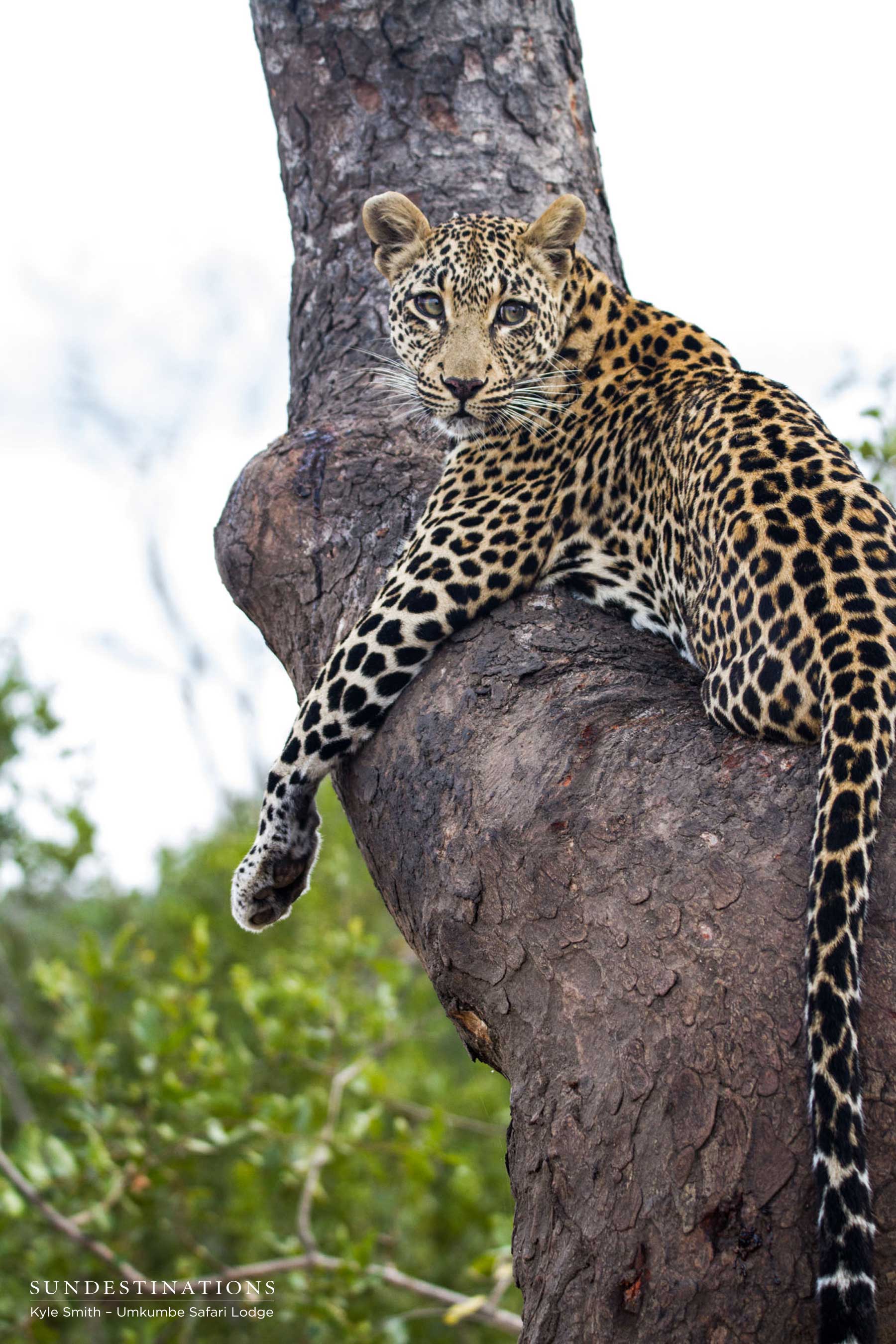
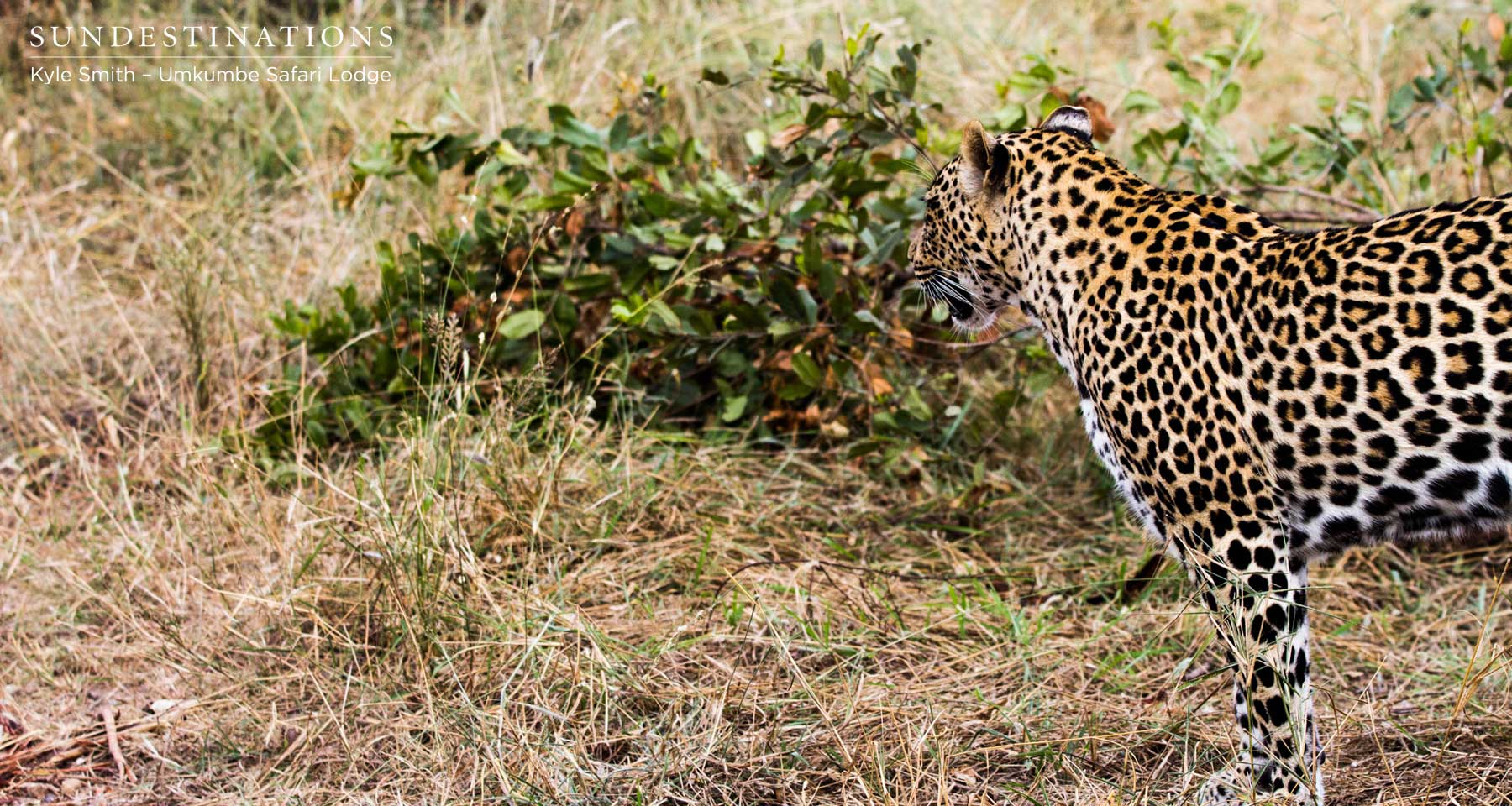
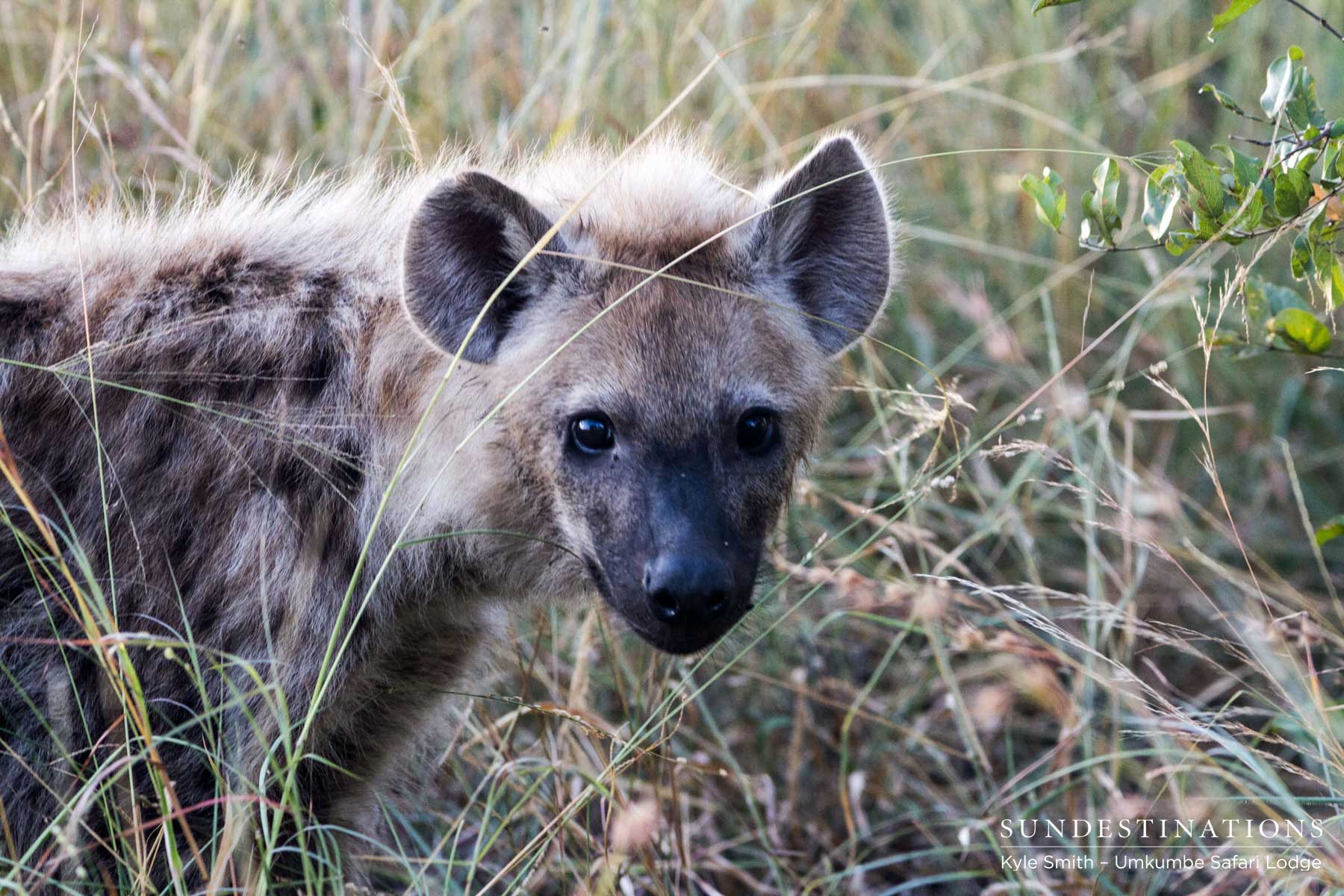
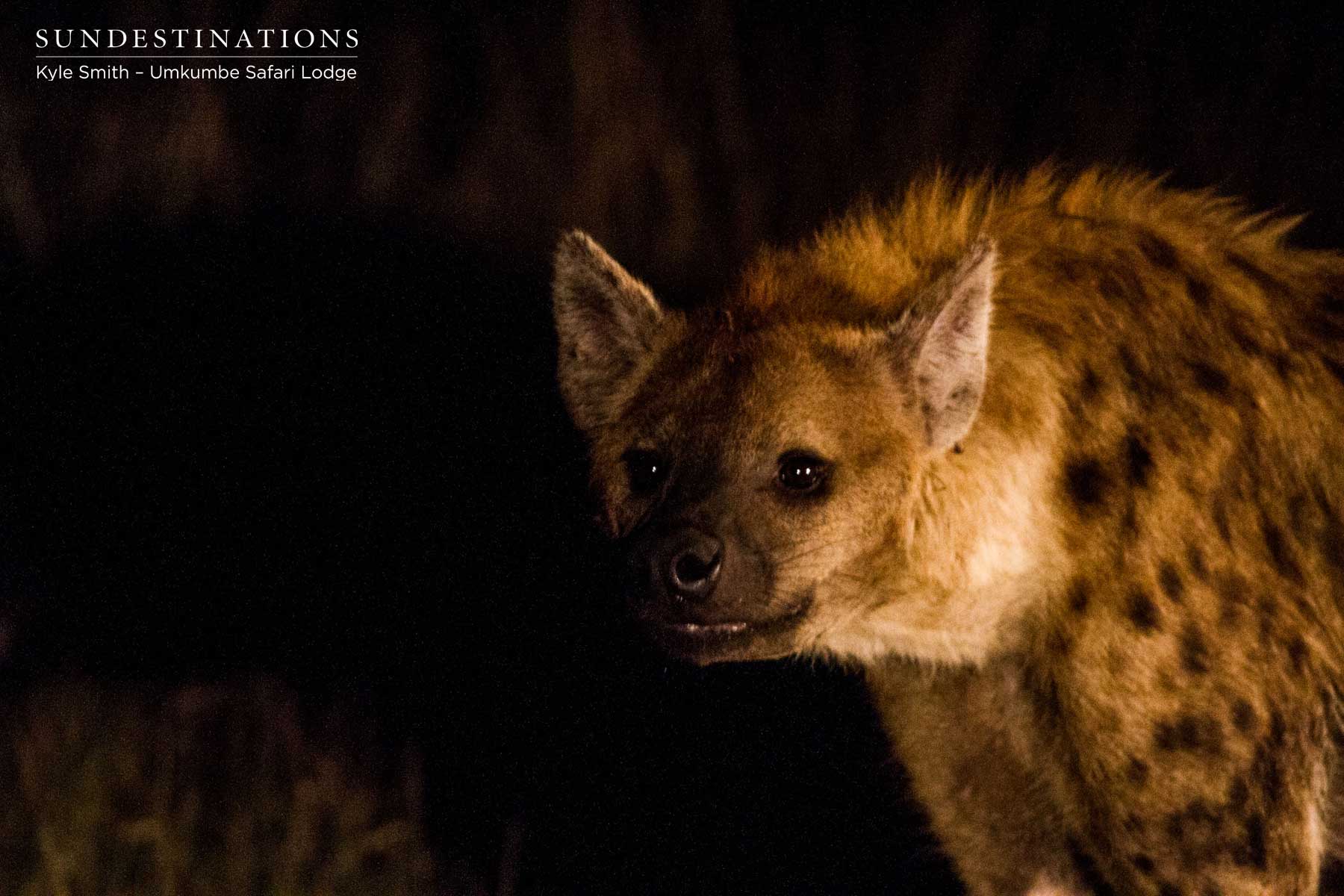
Leave a Comment